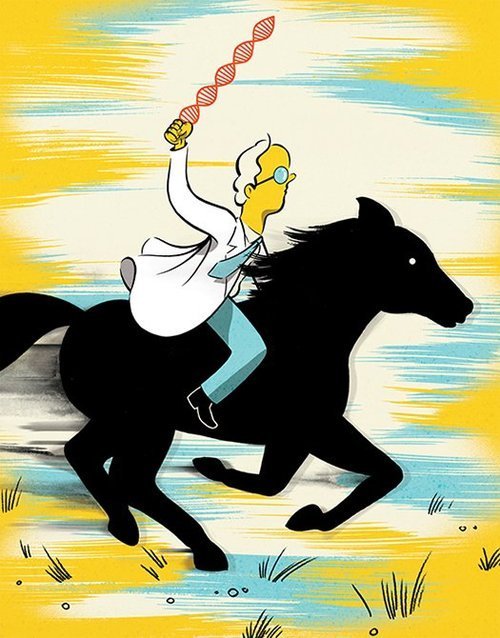Don’t be Afraid of Your DNA – COLUMN
(From Popular Science Magazine, April 2013)

In January, scientists scared the world by using public information to find the names behind five people’s anonymous, public DNA samples collected for research. The scientists then determined the identity of some 45 family members who had also donated DNA. How? By linking ages and locations associated with the five individuals to family trees associated with DNA on genealogy websites. (The subjects’ ages were then removed from public view.) The stunt, intended to raise awareness, also raised new fears—insurance companies denying coverage, discriminatory hiring practices, and the end of dating as we know it.
But these 50 people aren’t any less safe than the rest of us. No one’s DNA is—or has ever been—private. We spray our genetic material everywhere. We slough off a million skin cells a day. And free genealogy databases need only a fraction of a Y chromosome to find a last name. Sequencing a genome cost $100 million in 2001; today, it’s less than $10,000; soon, it will be as cheap as buying lunch.
Here’s the thing: Lack of genetic privacy isn’t just something to accept. We should embrace it. Scientists currently have just a tiny stock of human genomes, which they’re mostly unable to share between institutions because of restrictive regulations.
The Human Genome Project is public, but it’s just one sequence. And most biotech companies, such as 23andMe, consider their databases proprietary. The two main groups that share full genomes of individuals (the 1000 Genomes Project and the Personal Genome Project) together have only about 1,500. This closed system is holding research back.